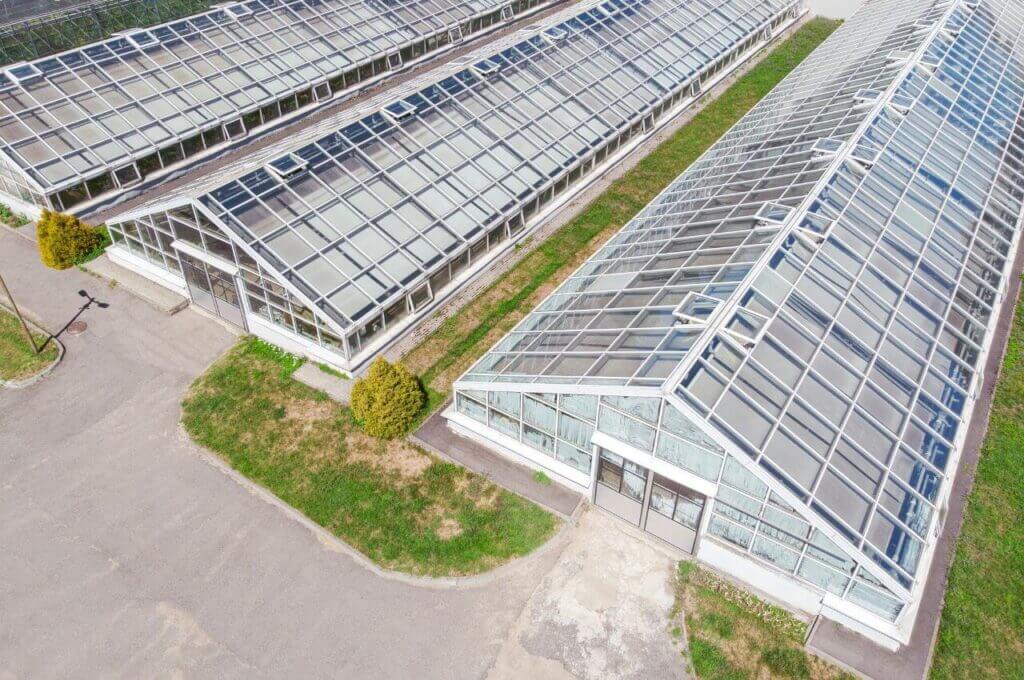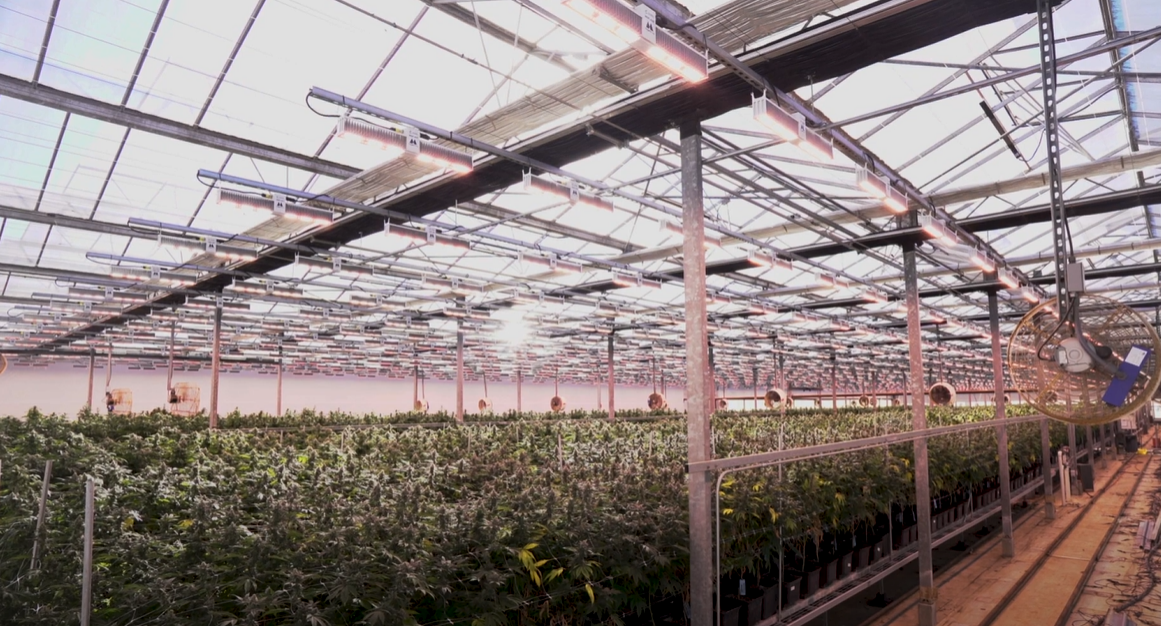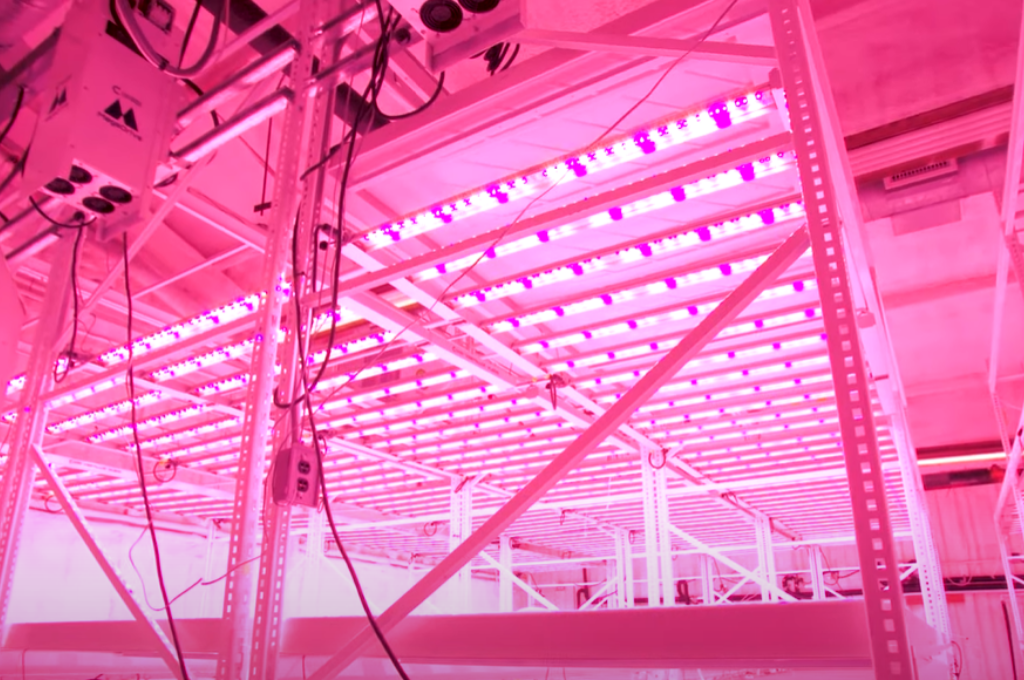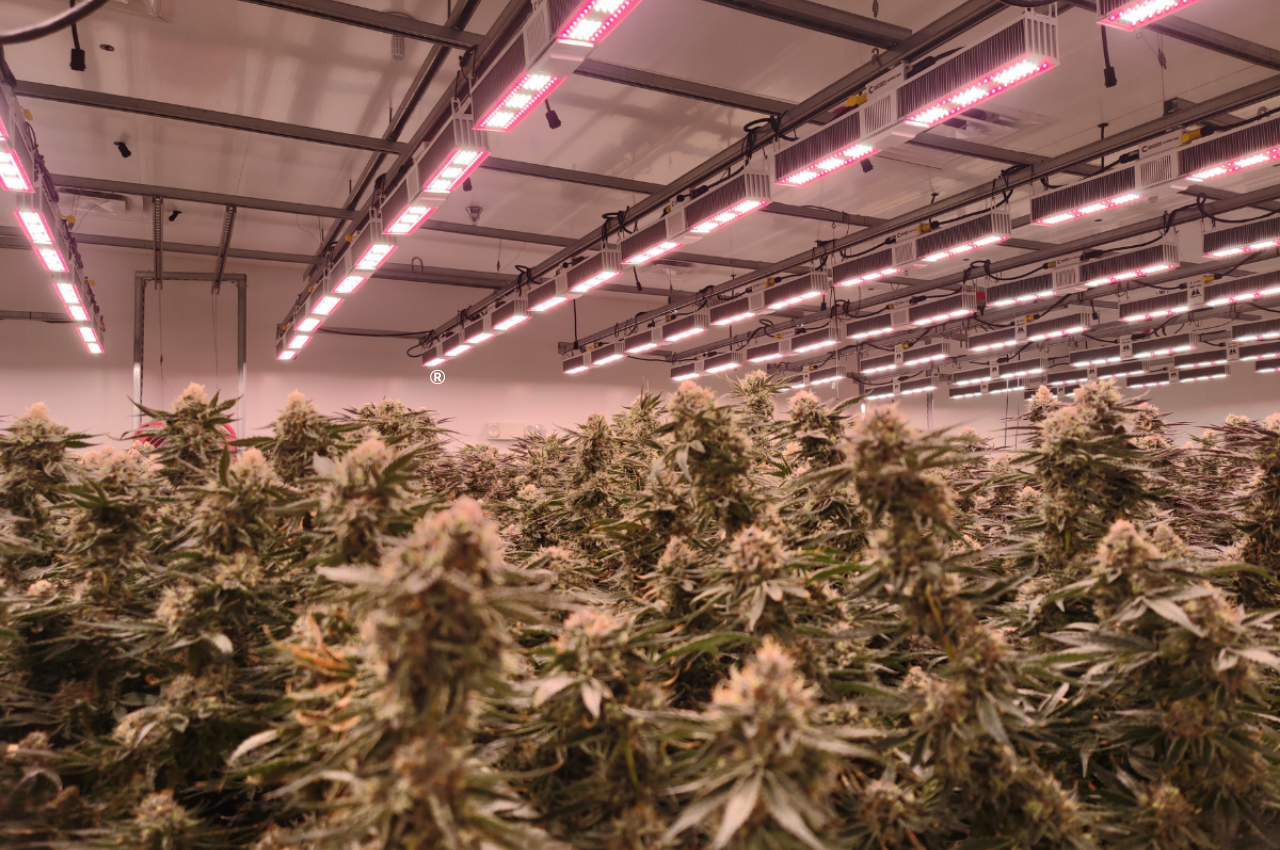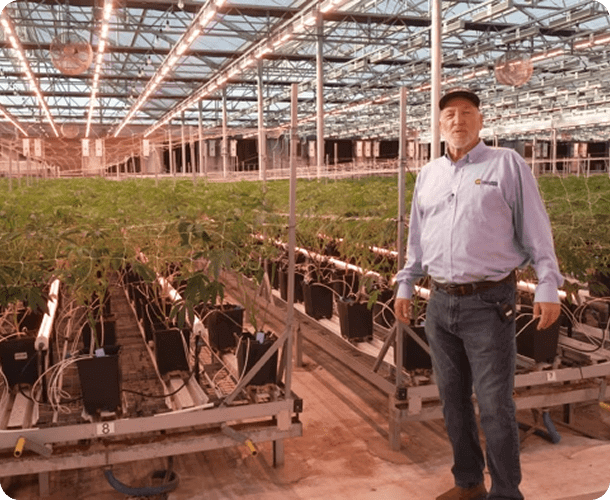The right greenhouse lighting design can help you achieve outstanding crop quality and higher-than-ever yields. But the wrong lighting choices can hinder your crop and cancel out all the benefits of growing in a greenhouse.
Greenhouse cultivation allows growers to enjoy the natural process of plant development. With your greenhouse operation, you can expose your plants to all the advantages of sunlight while still exercising control over their environment. You can control temperature, protect your crop from pests, and guard against the elements. And with a carefully strategized greenhouse lighting design, you can supplement sunlight to extend days and seasons.
But choosing the right supplemental lighting is absolutely essential. The wrong lights could compete with the sun or fail to mimic its full spectrum light on cloudy days. Inferior fixtures could interfere with light spread or break your energy budget.
As you equip your greenhouse with supplemental grow lights, weigh your options with the following considerations in mind.
Maintain the Proper Color Spectrum
Your plants have evolved to make the best possible use of the sun’s spectrum. Not only does sunlight provide the PAR wavelengths your plants crave, but its shifting spectrum signals seasonal changes. Your crop knows how to develop and when to flower based on the color spectrum provided.
The entire point of supplemental greenhouse lighting is to, well, supplement sunlight. As a result, you want a greenhouse lighting design that features variable full spectrum light.
Now, you can switch between high pressure sodium and metal halide bulbs to accomplish the shift in spectrum. But this option isn’t perfect. By merely swapping a blue light for a red one, you eliminate the nuance and gradual transitions your plants are used to.
However, you can find spectrum variable LED grow lights, such as the GH Pro 340. A light like this one allows you to program an entire grow cycle down to the minute. It also includes photosensors to read the existing balance of light and automatically adjust accordingly. This means your plants get a consistent light spectrum all the time. Sunny days, cloudy days, short days, long days . . . it’s the same light.
Minimize Shadows with Greenhouse Lighting Design
Shadows are a greenhouse growers worst nightmare. As you design your greenhouse, you are probably already considering the shadowing effects of nearby trees and structures. You must do the same with your greenhouse lighting design.
If you use large lighting fixtures with wide reflector hoods, you wind up with spotty coverage. The units you purchased to enhance light only block major chunks of your canopy from the benefits of natural sunlight.
When you select your supplemental grow lamps, consider lights designed specifically for greenhouse use. Look for a slender profile that promises minimal shading.
Consider Blackout Curtains
There are two reasons to make blackout curtains part of your greenhouse lighting design.
First, it’s considerate. There will be days when you need to keep feeding light to your plants long after the sun goes down. When those high-powered supplemental LED lights kick on, you don’t want your neighbors enduring the light pollution. Invest in some curtains and keep the peace.
Second, blackout curtains give you more control over the environment inside your greenhouse. As you may already know, different plants require different photoperiods at different stages of the grow cycle.
For example, you typically need to give your crop about 12 hours of darkness for every 12 hours of light during flowering. If you’re trying to get your plants to flower during summer days, this means you probably need to create darkness before the sun goes down.
Blackout curtains also help you prevent light pollution from entering your greenhouse. Just like humans, plants need total darkness to get the “deep sleep” necessary for growth and development.
Prioritize Sunrise/Sunset Settings
One of the lesser known benefits of sunlight is the gradual shift between night and day. Light and dark both trigger your plants to initiate different biological processes. During the day, your crop is all about photosynthesis. At night, plants metabolize that energy for growth and flowering.
Now, you may need to run your supplemental lights in the early evening during the winter months. When you shut off your lights, the abrupt shift from high intensity light to total darkness can shock your plants.
This is why it’s a good idea to choose a greenhouse lighting design that includes a sunrise/sunset feature. This setting creates a gradual shift between day and night, transitioning your plants gently between one process and another.
Know the Electrical Requirements of Your Greenhouse Lighting Design
Different supplemental lights come with different installation needs. Before you choose any particular type of light, make sure you understand the electrical configuration that light requires. Do you have compatible wiring? Do you need ballasts or other additional equipment? Is your greenhouse currently capable of providing enough power for your preferred lights?
We recommend simplifying these considerations by choosing supplemental LED greenhouse lights. LED lights do not require ballasts, and many of them are designed for easy installation. The GH Pro 340, for example, is chainable and allows ten fixtures from a single power drop. (If you’d like to see the GH Pro 340 in action at Harborside Farms, check out this video.)
LED grow lights are also much more efficient than HID grow lights. They consume about half the energy, which means your greenhouse is likely to sustain them easily. Plus, higher energy efficiency translates to lower operational costs. And in many areas, you can even receive a rebate for furnishing your greenhouse with LED grow lights.
There is a lot to think about when deciding the best greenhouse lighting design for your crop. Even once you’ve selected the perfect supplemental lights, you still have to determine quantity, position, and spectrum programming.
Just know that we at California Lightworks are always here to guide you through the nitty gritty of greenhouse lighting design. We love growers, and we especially love seeing growers succeed. Please tell us how we can help.
